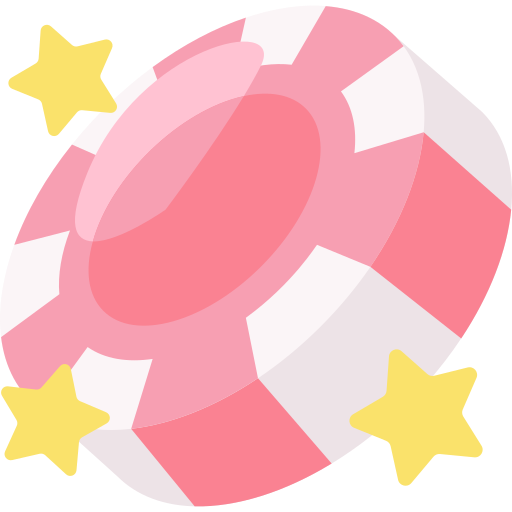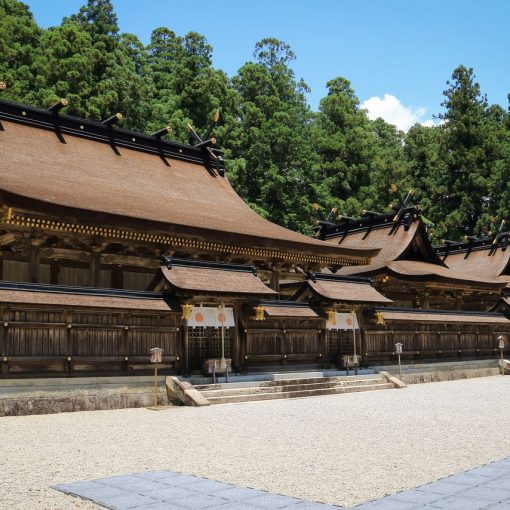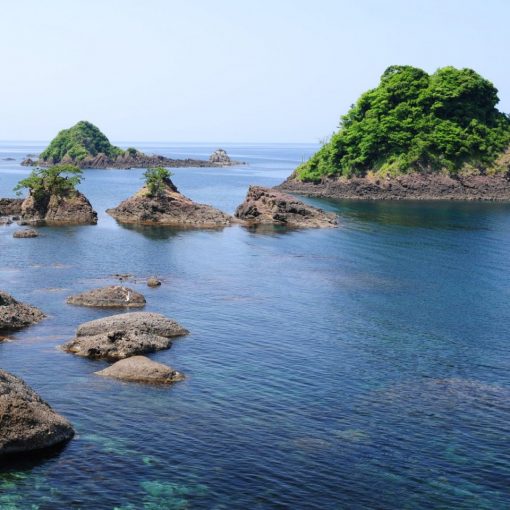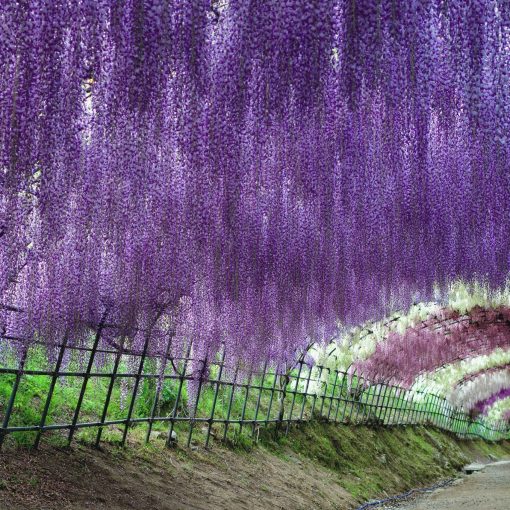Kanazawa Castle was built by Sakuma Morimasa in 1580 and became the residence of Maeda Toshiie in 1583. For 14 generations, it remained in the hands of the Maeda family. For 300 years, Kanazawa flourished as the center of the Kaga domain (now part of Ishikawa Prefecture). The roofs of the castle buildings were covered with namari-gawara (wooden boards covered with protective sheathing made of lead) so that they could support the weight of the snow that falls here abundantly every winter.
In 1759, a major fire destroyed most of the castle. The fires also caused heavy damage at a later time, so today we can only see some of the fortress walls and a few old buildings: the Ishikawa-mon gate at the former rear entrance (karamete-mon) and a long warehouse called sanjikken-nagaya.
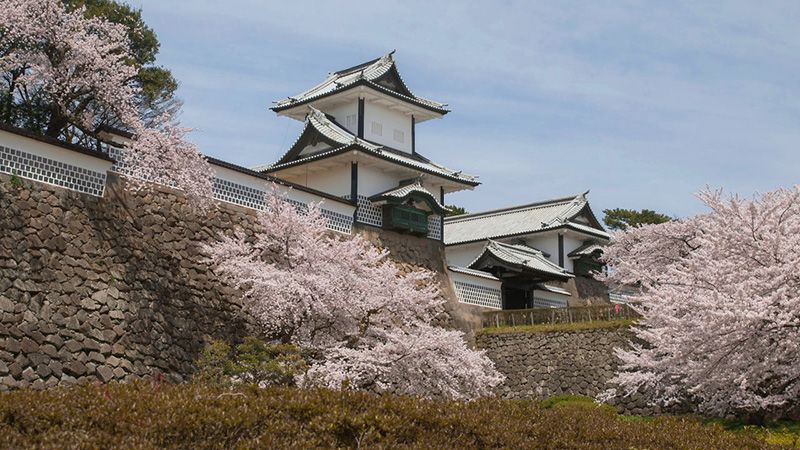
Residents of Ishikawa have long resigned themselves to being the wettest prefecture. They have something to be proud of except for this anti-record. For example, almost all Japanese gold comes from here. The very name of the capital, Kanazawa, means “golden channel”. Once a local peasant, washing sweet potatoes in a river, discovered that all his products were covered with gold sparkles. Gold after that began to be actively mined. Even the legendary 27 kilograms of gilding that went to cover the Golden Temple in Kyoto comes from here.
Pride of Kanazawa is Kenroku-en Park
Another pride of Kanazawa is Kenroku-en Park, one of the three most beautiful parks in Japan. Rating, it is not clear who compiled, but, in fact, no one disputed, and therefore entrenched in the minds of the Japanese as a dogma. The park is really great. Its name is translated as “garden of six virtues”. Advantages – three pairs of hard-to-combine qualities that its creators managed to embody in the park.
A good overview, and, consequently, the height, but at the same time the presence of reservoirs (it is difficult to carry water to a hill); open spaces and at the same time available secluded corners; a sense of both the primordial nature and human participation in the design of the park. Dozens of species of moss grow there. Every autumn, before the snowfalls, each branch of the huge pine trees is tied up in the park to prevent them from breaking under the sticky, heavy snow that is common in Kanazawa.
Summers in Kanazawa are exhaustingly hot. After the rainy season, which lasts about a month and ends by mid-July, hell sets in: the temperature can rise to 35-40 degrees. In the summer season, the ever-packed Japanese employees are allowed to dress in cool-biz style: you can not wear a tie and jacket.
Cymbals with built-in chip
Kanazawa has fantastically delicious fish and conveyor belt sushi bars on every corner. In them, you can take your favorite sushi directly from the conveyor that runs along your table. By the way, this idea is local. Ishikawa Prefecture still produces 90 percent of all Japanese sushi conveyors. You can also make a regular order: the plate itself will drive up to your table along the same conveyor, and the speaker will notify you that the meal is served. Orders are made using touch panels located above each table. Ginger and green tea are free.

Plates are not simple, but with chips. When calculating, it is enough for the waiter to hold the typewriter over a stack of plates, and she herself will calculate everything and issue an invoice. The average is around 1,000 yen.
But if you think that local cuisine is only sushi, you are deeply mistaken. Seafood makes up only 20 percent of a Japanese diet. Here they are very fond of, including meat, rich bread, all kinds of legumes, Chinese and Korean dishes. McDonald’s and Subway also took root a long time ago.
The attitude to food among the Japanese is almost religious. You will never find expired products here. The expiration date is indicated three to four days earlier than the real one. Each product has its own season, when its taste qualities are best manifested. For example, in December, crabs and squids are the most delicious. A good 80 percent of TV shows are about how and where to eat deliciously.
